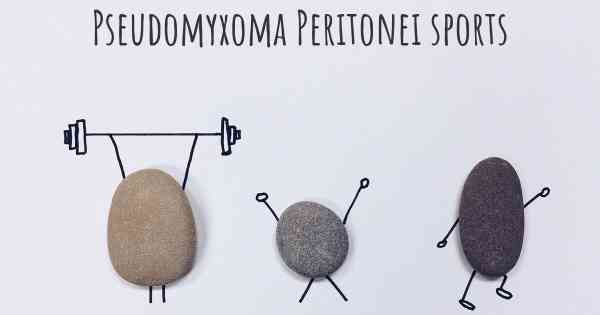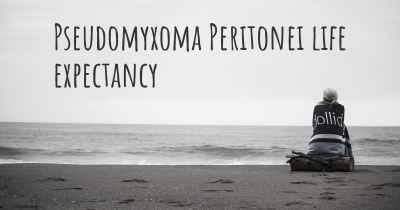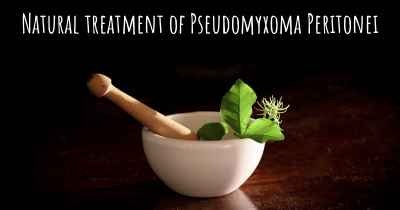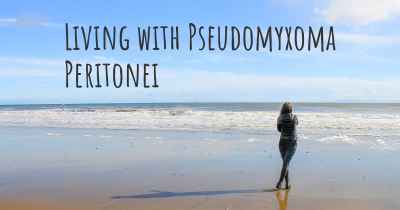Is it advisable to do exercise when affected by Pseudomyxoma Peritonei? Which activities would you suggest and how intense should they be?
See if it is advisable for people with Pseudomyxoma Peritonei to practice sports and which ones are the most recommended if you have Pseudomyxoma Peritonei

Pseudomyxoma Peritonei (PMP) is a rare condition characterized by the accumulation of mucinous tumor cells in the peritoneal cavity, which is the space that surrounds the abdominal organs. It often originates from the appendix but can also arise from other organs in the abdomen. PMP can cause various symptoms such as abdominal pain, bloating, and digestive issues.
When it comes to exercise and PMP, it is important to approach physical activity with caution and consult with your healthcare team. The suitability of exercise will depend on the individual's specific condition, treatment plan, and overall health. In some cases, exercise may be beneficial, while in others, it may need to be modified or avoided altogether.
Low-impact exercises are generally recommended for individuals with PMP as they minimize strain on the abdomen and reduce the risk of complications. These exercises are gentle on the joints and muscles while still providing health benefits. Some suitable low-impact activities include:
- Walking: A simple and accessible exercise that can be tailored to individual fitness levels. Start with shorter durations and gradually increase as tolerated.
- Swimming: Water provides buoyancy, which reduces impact on the body. Swimming or water aerobics can be excellent options for cardiovascular fitness.
- Cycling: Stationary or outdoor cycling can be a low-impact way to improve cardiovascular health and leg strength.
- Yoga or Pilates: These activities focus on flexibility, core strength, and relaxation. They can help improve posture and overall well-being.
It is crucial to emphasize that the intensity of exercise should be tailored to the individual's capabilities and limitations. Start slowly and gradually increase the duration and intensity of the chosen activities as tolerated. Listen to your body and be mindful of any discomfort or pain during or after exercise.
Additionally, working with a qualified exercise professional or physical therapist who has experience with PMP or similar conditions can be highly beneficial. They can provide personalized guidance, ensure proper form, and adapt exercises to suit your specific needs.
Remember to always communicate openly with your healthcare team about your exercise plans. They can provide valuable insights, monitor your progress, and make any necessary adjustments to your treatment plan.
In conclusion, while exercise can be beneficial for individuals with Pseudomyxoma Peritonei, it is crucial to approach it with caution and seek guidance from healthcare professionals. Low-impact activities such as walking, swimming, cycling, and yoga can be suitable options, but the intensity should be gradually increased based on individual capabilities. Prioritizing safety, listening to your body, and consulting with your healthcare team are key to incorporating exercise effectively into your PMP management.
Posted Aug 13, 2017 by Alice 2000








